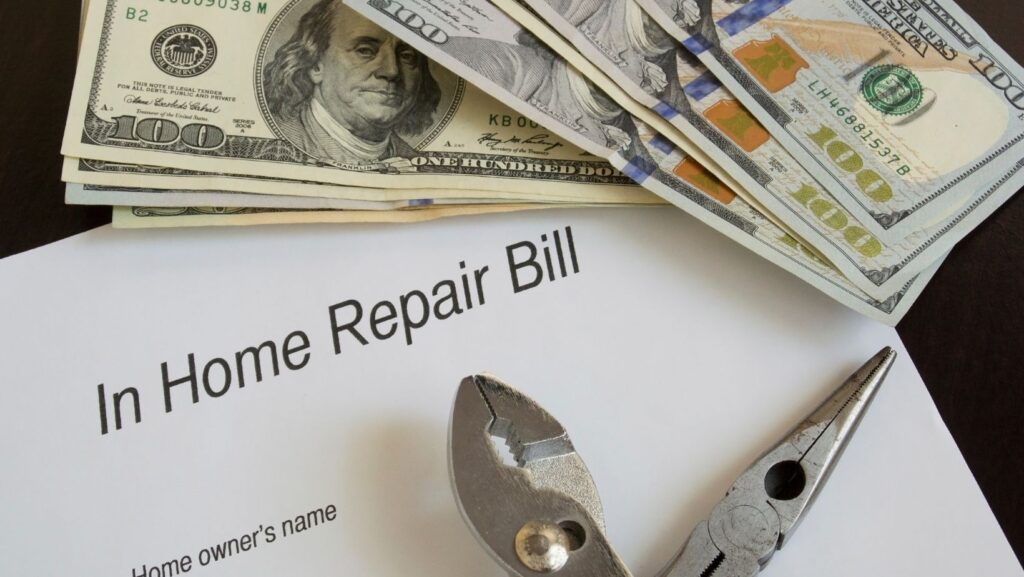Navigating the world of oil and gas maintenance can feel like a daunting task. From understanding the complexities of machinery to the financial implications, it’s a landscape that’s often shrouded in mystery. But, don’t worry, I’m here to guide you through this challenging terrain.
We’ve all heard the old adage, “Prevention is better than cure.” This rings especially true when it comes to maintaining and repairing oil and gas equipment. It’s an investment that not only ensures the longevity of your machinery but can also save you from hefty repair bills down the line.
Paying For Oil, Gas, Maintenance, And Repairs Are All Examples of

Let’s now delve into the financial aspects of oil and gas maintenance. Bearing the costs of preventive maintenance certainly has its value – it’s often seen as an investment to prevent more substantial, costlier issues down the line. Expenses can vary, however, based on variables such as the type of the equipment and the severity of the needed maintenance or repair.
Oil and gas equipment maintenance tends to have a notable price tag, but it’s key to remember its purpose. Preventive care reduces the possibility of malfunctions and prolongs the life of the machinery. For example, investing in regular maintenance of a drill can save replacement costs, which can be in the range of millions of dollars.
In both instances – maintenance and repair – the last thing on the docket is to ensure that the invoices are paid promptly. Ensuring timely payments avoids penalties, maintains good relationships with service providers and keeps the workflow uninterrupted.
Cost Factors in Oil and Gas Maintenance
 Diving into the specifics, oil and gas maintenance cost factors include labor costs, parts replacement costs, and downtime costs. Labor is usually the most significant chunk, covering oil and gas professionals’ paychecks who perform the preventive maintenance checks. Depending on the complexity of the equipment and the size of the facility, this cost can range from $50 to $150 per hour.
Diving into the specifics, oil and gas maintenance cost factors include labor costs, parts replacement costs, and downtime costs. Labor is usually the most significant chunk, covering oil and gas professionals’ paychecks who perform the preventive maintenance checks. Depending on the complexity of the equipment and the size of the facility, this cost can range from $50 to $150 per hour.
Lastly, downtime costs can surge, as every hour of halted production translates into lost revenue. For instance, a medium-sized oil refinery can lose an estimated $1.2 million per day if it’s out of operation. Timely payments for these three factors help maintain optimal operations, thus, continuing the profitability of the oil and gas operations.
Budgeting for Maintenance and Repairs
As we’ve learnt from the previous section, maintenance costs, both preventive and reactive, form an essential part of an oil and gas operation’s expenditure. It’s clear that they pack a punch. Labor costs can loom as high as $150 per hour, parts replacement can lead to hefty figures like a $1 million blowout preventer replacement, and downtime costs could cut deep into profitability, with potentials like a $1.2 million per day loss for a medium-sized oil refinery. Hence, it becomes crucial to budget effectively for such expenses. A precise budget allows oil and gas operators to mitigate these costs. Proper allocation, based on past expenses and future projections, guides the financial dealings and helps in timely payments.
Financing Options for Oil and Gas Operations

So, it’s clear that oil and gas maintenance isn’t a corner you can cut. It’s a vital part of operations that demands timely payments to avoid penalties and keep things running smoothly. Labor, parts, and downtime costs can add up quickly, but with effective budgeting, you can keep these expenses in check. Remember, a medium-sized refinery could lose a staggering $1.2 million per day when not operational. That’s why it’s crucial to explore various financing options that can help manage these costs. By doing so, you’re not just maintaining your equipment’s longevity but also upholding operational efficiency and regulatory compliance. It’s about making smart, informed financial decisions that keep your oil and gas operations thriving. So, don’t underestimate the power of preventive maintenance and the importance of paying for it promptly. It’s a worthy investment that pays off in the long run.

